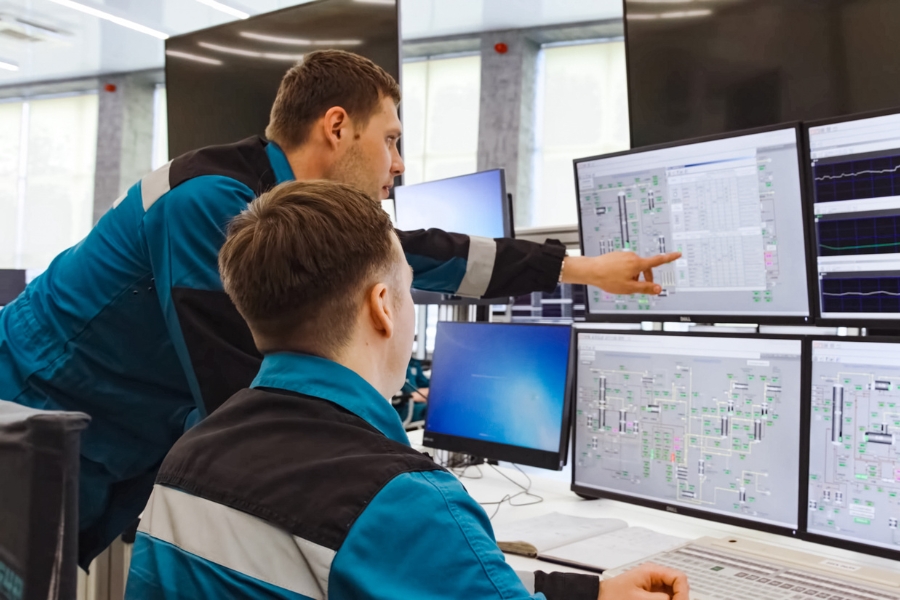In today’s fast-paced digital world, businesses rely heavily on technology to run their operations. When things go wrong, the efficiency of your IT support system can make or break your workflow. This is where L1 (Level 1) and L2 (Level 2) support come into play. These two critical layers of IT support ensure swift issue resolution and maintain productivity. But what exactly do these support levels entail? Let’s dive in.
What Is L1 Support?
L1 Support, often referred to as the first line of defense, is the initial point of contact for users experiencing technical issues. Whether it’s a hardware glitch, a software error, or trouble accessing a system, the L1 team is there to handle it.
Key Responsibilities of L1 Support:
- Basic Troubleshooting: Resolving common issues like password resets, software installation guidance, or connectivity problems.
- Ticket Management: Logging incidents and categorizing them for further action.
- Customer Interaction: Acting as the bridge between the user and higher-level IT teams.
- Documentation: Recording issues and solutions to improve knowledge bases for future use.
L1 support doesn’t require deep technical expertise but relies on strong communication skills and a solid understanding of the company’s IT environment.
What Is L2 Support?
When an issue is too complex for L1 to handle, it escalates to L2 Support. This level involves more experienced professionals with a deeper technical understanding. L2 support specialists often take over cases requiring in-depth analysis or advanced troubleshooting.
Key Responsibilities of L2 Support:
- Advanced Troubleshooting: Handling software bugs, server errors, and database issues.
- Root Cause Analysis: Identifying and resolving the underlying causes of recurring problems.
- Configuration Changes: Adjusting system settings to prevent future issues.
- Collaboration with Vendors: Coordinating with external teams or software providers for complex fixes.
L2 support acts as the second line of defense, ensuring that unresolved issues from L1 are addressed quickly and efficiently.
Why Are L1 and L2 Support Critical?
Having a well-structured L1 and L2 support system offers several benefits:
- Faster Response Times: L1 teams tackle simple issues, freeing L2 teams to focus on complex problems.
- Improved User Satisfaction: Clear escalation paths ensure users feel heard and supported.
- Cost-Effectiveness: Efficiently resolving issues at the right support level reduces downtime and operational costs.
- Knowledge Sharing: Collaboration between L1 and L2 teams builds a robust knowledge base.
L1 vs. L2 Support: What’s the Difference?
| Aspect | L1 Support | L2 Support |
|---|---|---|
| Expertise Level | Basic technical knowledge | Advanced technical expertise |
| Scope of Work | Simple issues and troubleshooting | Complex issues and system analysis |
| Response Time | Immediate, rapid response | Slower but more thorough resolution |
| Escalation | Escalates to L2 for unresolved issues | Escalates to L3 or external vendors |
How to Optimize L1 and L2 Support in Your Business
- Invest in Training: Equip L1 support staff with the tools and knowledge to handle common issues effectively.
- Use Modern Tools: Implement helpdesk software with automation features for ticketing and escalation.
- Foster Collaboration: Encourage open communication between L1 and L2 teams to share insights and streamline workflows.
- Monitor Performance: Regularly review ticket resolution times and feedback to identify areas for improvement.
Conclusion
L1 and L2 support are vital components of an effective IT support strategy. By understanding their roles and optimizing their workflows, businesses can enhance user satisfaction, minimize downtime, and maintain seamless operations.
Ready to take your IT support to the next level? Whether you’re building a support team or improving an existing one, the right balance between L1 and L2 support is key.





